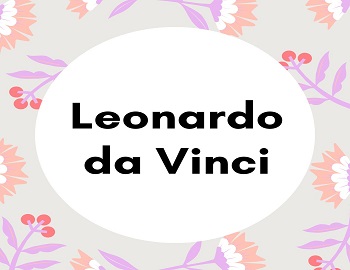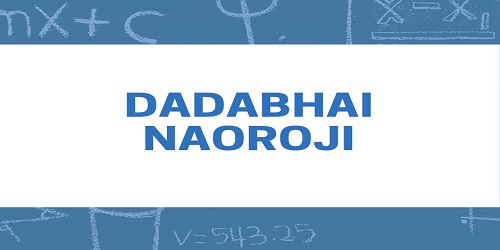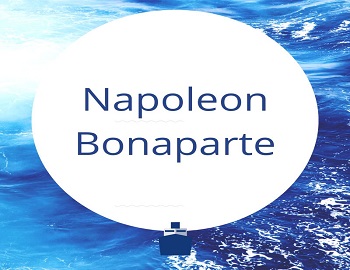Leonardo da Vinci:
Leonardo da Vinci was one of the finest artists the world has ever known. He was a sculptor, an architect, an engineer and a pioneer of many scientific achievements. He was a genius whose many-sided talent has seldom, if ever, been matched in the history of the world.
Leonardo was born in the hilly village of Vinci in Italy in 1452. Even in his childhood, Leonardo showed signs of brilliance. He made such rapid progress in arithmetic that he astonished his teacher. He studied music and learned to sing and compose music. But drawing and clay-modelling were his favourite occupations.
When Leonardo was eighteen, his father, a lawyer, sent him to Florence to study painting under an artist named Verrocchio. Here he learned to make his own paints, prepare canvas, mix oils and to assist his master. He rapidly became a proficient painter. He had a vivid imagination and a great love of beauty.
Leonardo soon became an independent artist. He used the backyard of his small house as a studio where he spent many hours sketching models in various poses. He practised endlessly to perfect his drawings of the human head, hands and body. At the same time, he took great interest in architecture and sculpture.
At this time, Florence was the centre of Italian culture. A noble known as Lorenzo the Magnificent, who took a lively interest in arts and crafts, became Leonardo’s patron and benefactor. He helped him to become well-known in art circles.
Leonardo was the first artist to fully appreciate the beauty of nature and the effect of light and shade. He refused to follow old, traditional rules and patterns of paintings. He used his imagination and originality to create a new school of painting.
But Leonardo did not stop there. He had an unquenchable thirst for knowledge. He not only studied the human body but also animal anatomy, optics, i.e. the science of the eyes, the laws of muscular movements, and botany. He was a pioneer in these sciences. His enquiring mind and desire to know the laws which govern everyday occurrences like the movement of waves and tides, opened up many fields of interest.
Leonardo had not forgotten his love of music. He made a new kind of lute of silver which had a much sweeter sound than the lutes which existed at that time. He loved to improvise or invent new tunes on the spur of the moment. He had an amazing ability for doing things in new, original ways. He also liked to perfect whatever he did.
At the age of thirty, Leonardo went to Milan. He wrote to the ruler of Milan, Ludovico Sforza, and offered to work for him. Ludovico was quick to accept the offer of this versatile man. For the next seventeen years, Leonardo lived in Milan and worked for Ludovico. He accomplished a wide variety of works that called for tremendous energy, hard work and talent. We get a good idea of his many-sided interests and his great achievements by reviewing some of the projects Leonardo undertook during this period:
(1) When plague, a dreadful disease, threatened Milan, he designed a new sanitary and sewage system for the city.
(2) He made plans for building a new castle for the Sforzas and a new cathedral in Milan.
(3) He wrote fables and songs for festivals. Ludivico appointed him to preside over all festivals.
(4) In his spare time he studied geometry, astronomy, optics and dynamics.
(5) He began the greatest and most famous of all his paintings, ” The Last Supper”. It is painted on a wall and is considered a master-piece.
(6) When Milan was threatened by an enemy, he gave nine new and original ideas for the conduct of warfare, such as the machine gun, which was invented later.
Ludovico was overthrown in 1500 and Leonardo returned to his own city of Florence. His thirst for knowledge now turned to geography. He became an expert cartographer, a maker of maps, and made maps of great accuracy. At the same time, he produced plans for various civil engineering works. He also started work on another famous painting called the “Mona Lisa”, which is now hung in The Louvre, Paris, for all to see. The face of the woman in the painting is famous for its strange and subtle smile. Leonardo worked on this painting for two whole years.
Leonardo’s achievements include the design of an aeroplane. Had petrol been known in his time, he would certainly have flown the aeroplane. He anticipated the use of steam for an engine two hundred years before James Watt and made sketches for a steam cannon. He designed paddles for ships and a new type of saw for marble-cutting.
Leonardo was the originator of the science of hydraulics. He was the first to study the structure of flowers. Apart from this he was a great philosopher. His virtues are almost endless. He was popular, a generous and loyal friend and devoted to his followers and pupils.
Leonardo da Vinci is a perfect example of what a man should be. He had a healthy body, a remarkable mind and great versatility.







Comments (No)